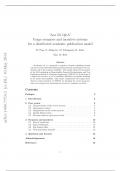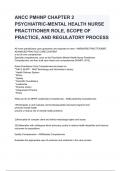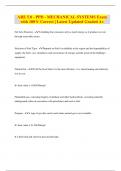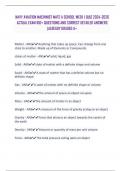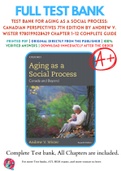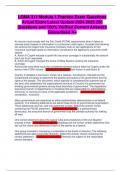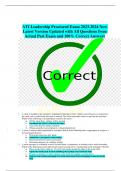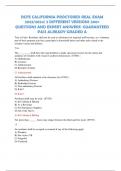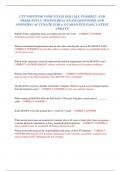Tentamen (uitwerkingen)
Aca2.0Q&A” Usagescenariosandincentivesystems foradistributedacademicpublicationmodel R.Poss,S.Altmeyer,M.Thompson,R.Jelier May15,2014
- Vak
- Instelling
Prologue The present report is intended to be extended over time, as additional use cases, issues or opportunities are envisioned. Suggestions for improvements or new materials are welcome, and the contributor list can be adjusted accordingly. Thelatest version of this document, if any, can...
[Meer zien]
